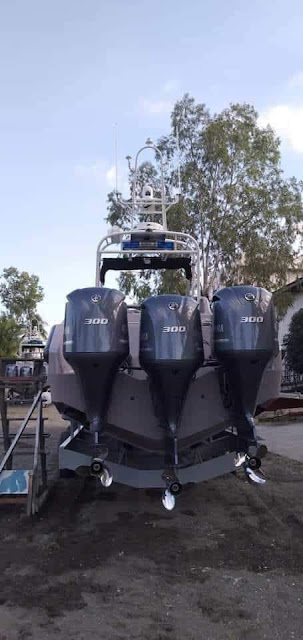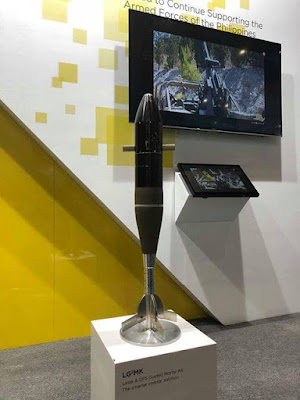The Philippine Coast Guard (PCG) recently received two fast boats from the Japanese government.
These boats are the Yamaha High Speed Boat 1202, and were specifically designed for law enforcement missions. These are said to be made in Japan.
Both boats, together with it's essential equipment and trailer, were turned over to the PCG last 13 February 2019.
The Yamaha HSB 1202 is 12.16 meters long, has a beam of 2.75 meters, can accommodate 7 people, and can run over 50 knots. It also has a range of 200 nautical miles at 35 knots.
The Japanese government provided these boats, as part of their commitments to assist the Philippine Coast Guard improve it's capabilities.
MaxDefense believes that the Philippine Coast Guard's Special Operations Group will operate these boats, and could be assigned in Mindanao.
Last year, MaxDefense covered the turn-over of at least 10 units of 7-meter Rigid Hull Inflatable Boats (RHIB) to the PCG, which also came from the Japanese government. Based on PCG reports, all the said RHIB are already being utilized.
Below is a video from Yamaha Global on the said high speed boat.
The Filipino people thank Japan for these high speed boats, and we hope that their support for the PCG continue in the future.
 |
| One of the Yamaha High Speed Boat 1202 fast boat turned over to the PCG recently. Thanks to one of our sources for providing this photo. |
These boats are the Yamaha High Speed Boat 1202, and were specifically designed for law enforcement missions. These are said to be made in Japan.
Both boats, together with it's essential equipment and trailer, were turned over to the PCG last 13 February 2019.
The Yamaha HSB 1202 is 12.16 meters long, has a beam of 2.75 meters, can accommodate 7 people, and can run over 50 knots. It also has a range of 200 nautical miles at 35 knots.
 |
| Photo shows the 3 outboard motors of the Yamaha high speed boat. Photo shared exclusively to MaxDefense by a source. |
The Japanese government provided these boats, as part of their commitments to assist the Philippine Coast Guard improve it's capabilities.
MaxDefense believes that the Philippine Coast Guard's Special Operations Group will operate these boats, and could be assigned in Mindanao.
Last year, MaxDefense covered the turn-over of at least 10 units of 7-meter Rigid Hull Inflatable Boats (RHIB) to the PCG, which also came from the Japanese government. Based on PCG reports, all the said RHIB are already being utilized.
Below is a video from Yamaha Global on the said high speed boat.
The Filipino people thank Japan for these high speed boats, and we hope that their support for the PCG continue in the future.






































